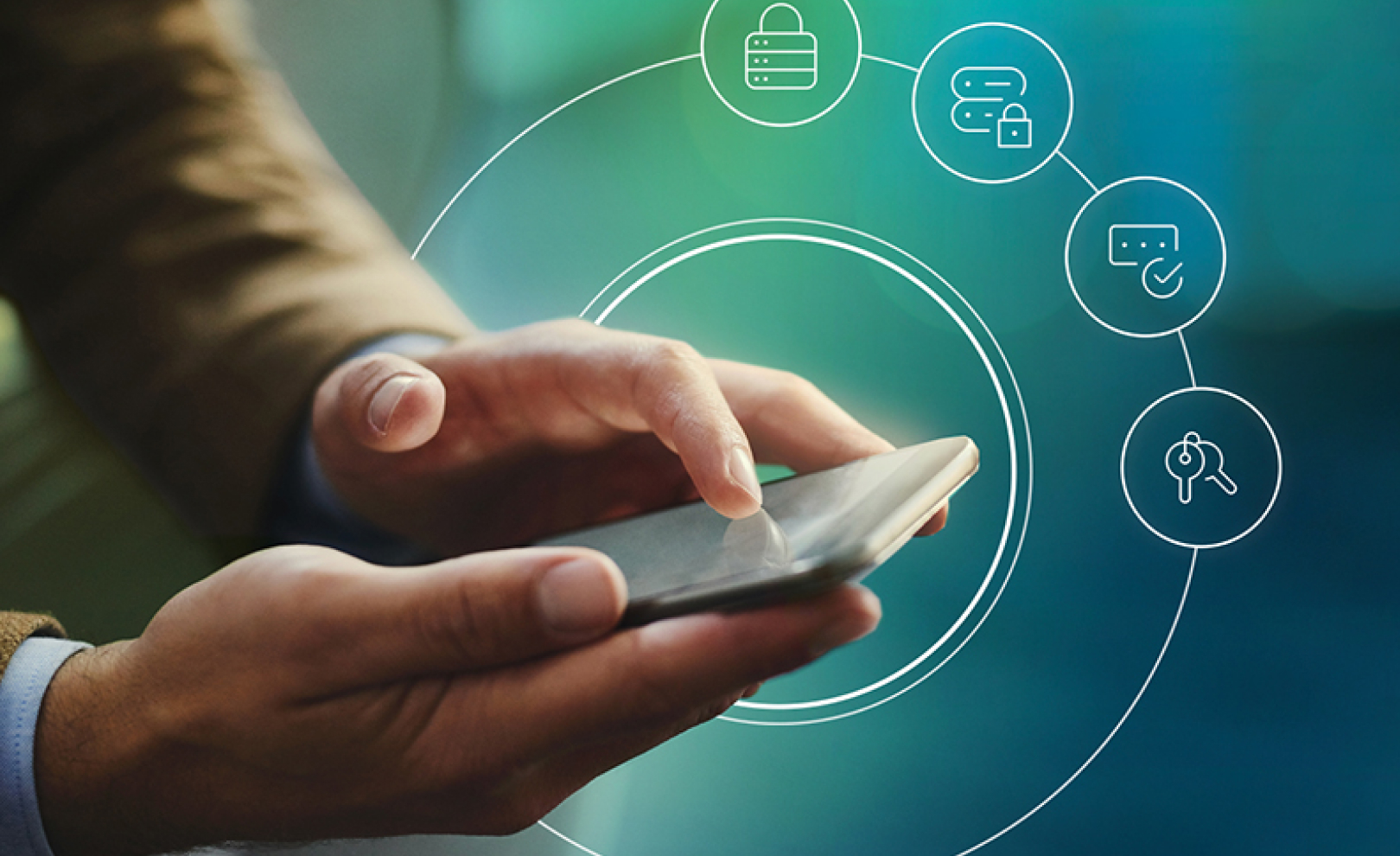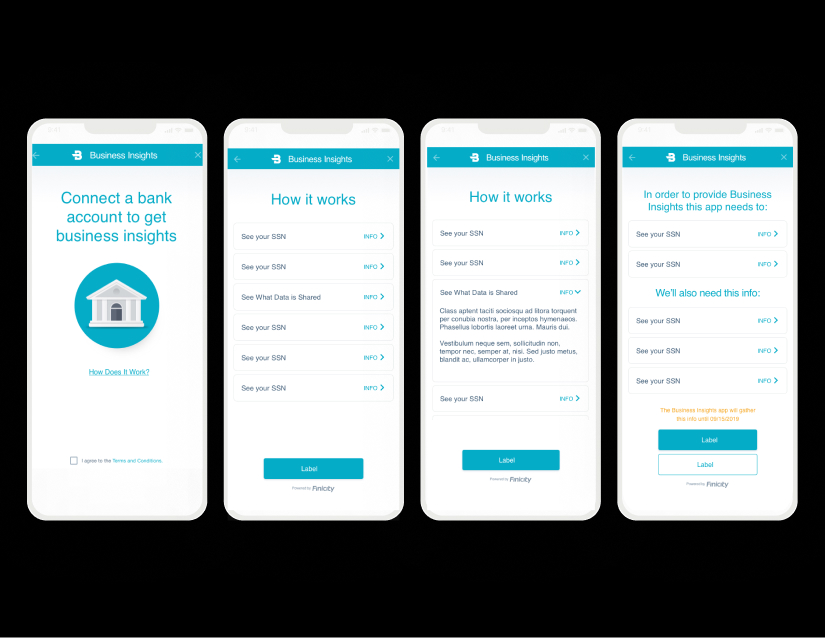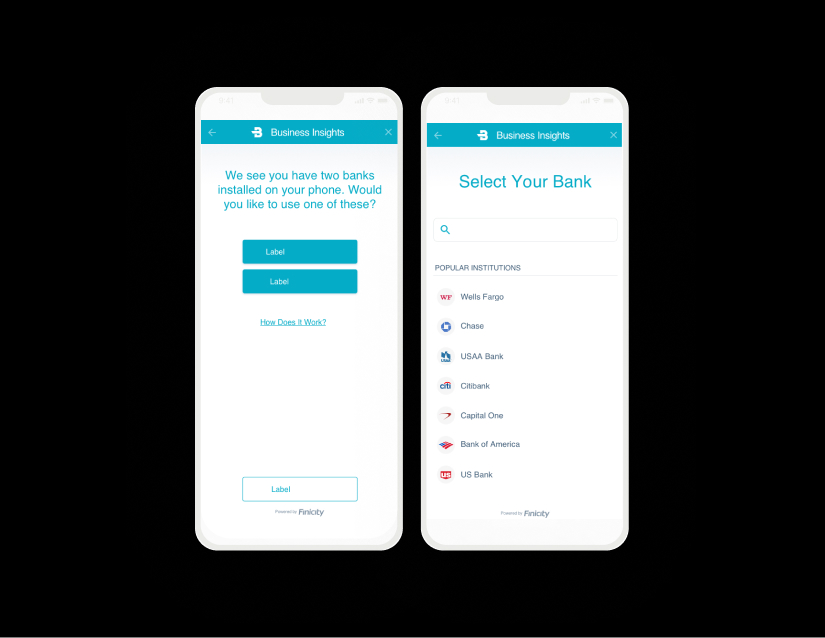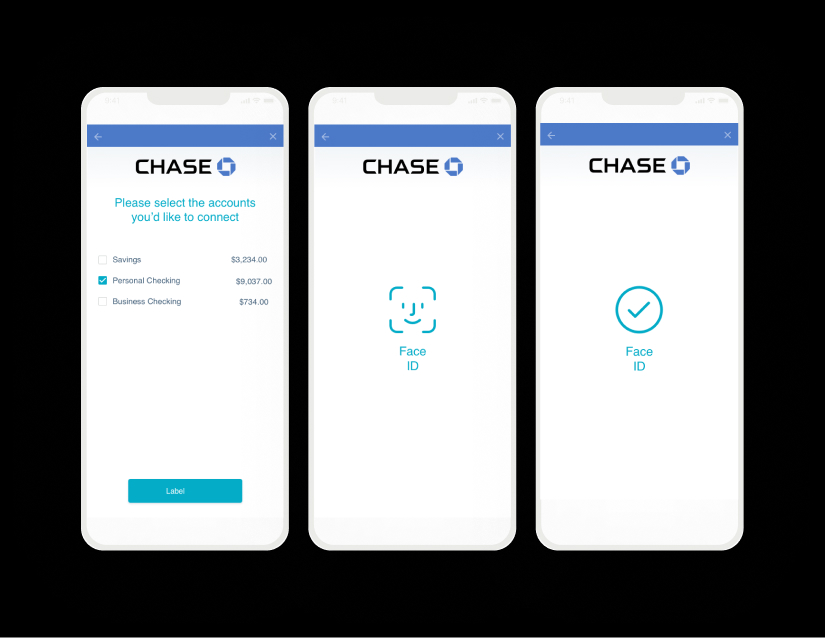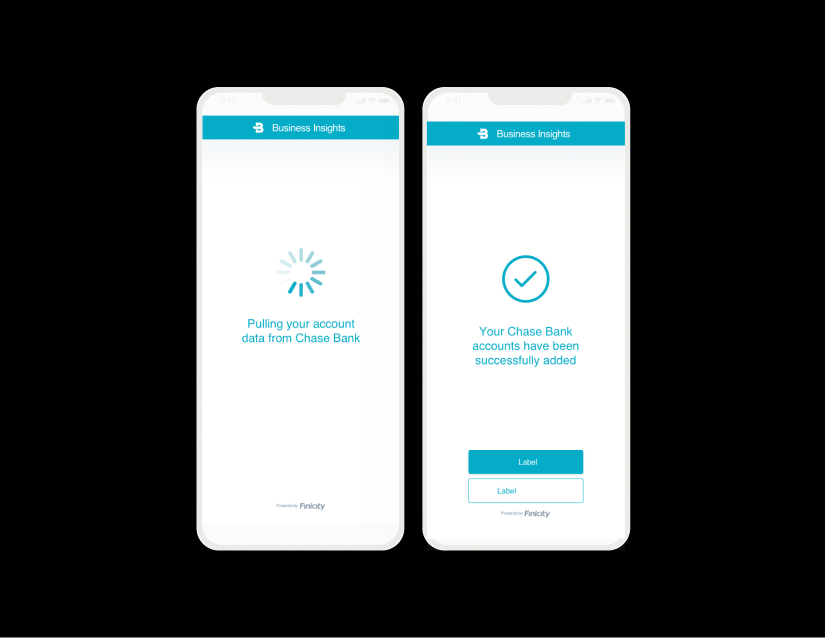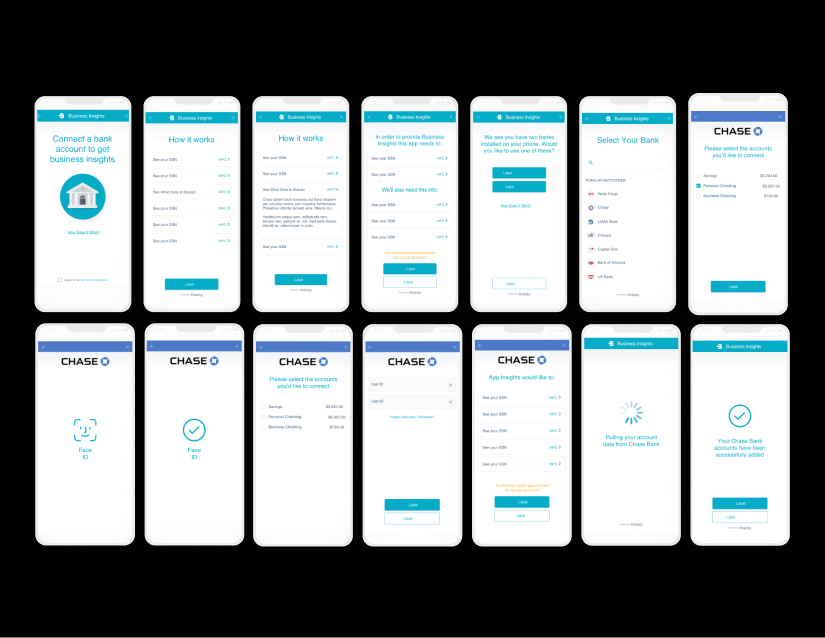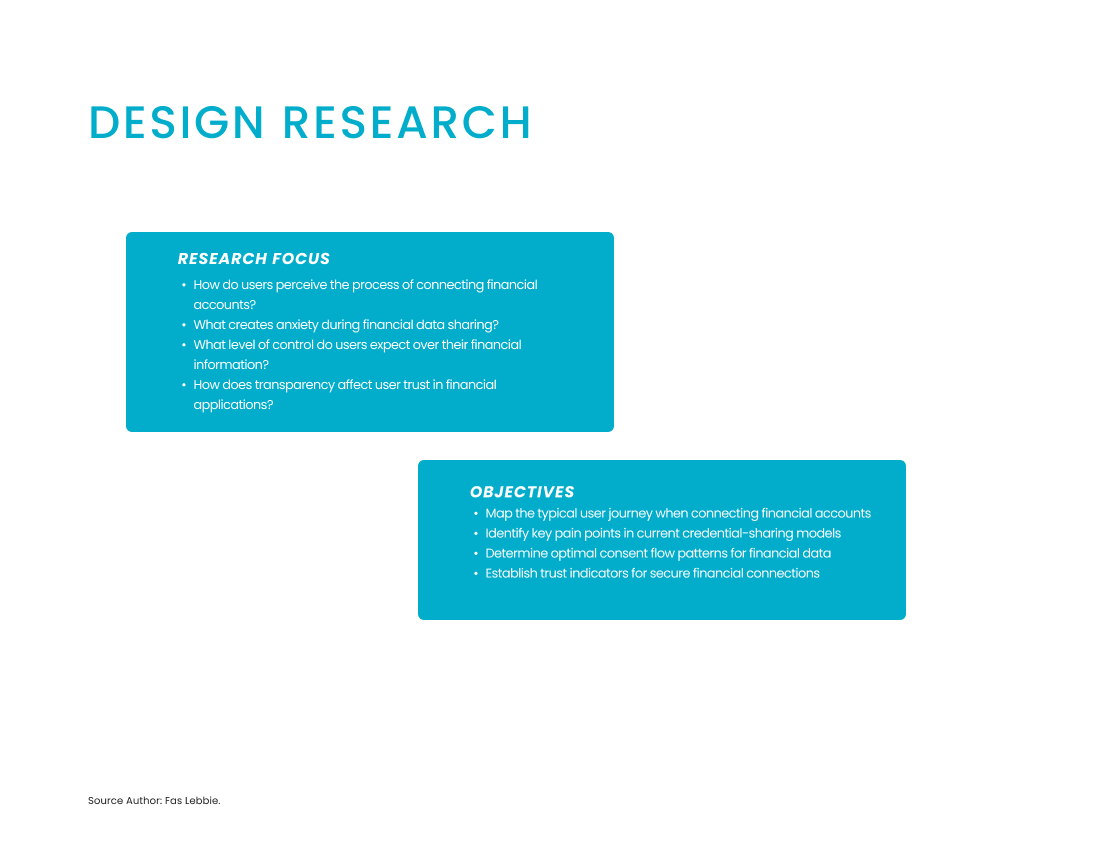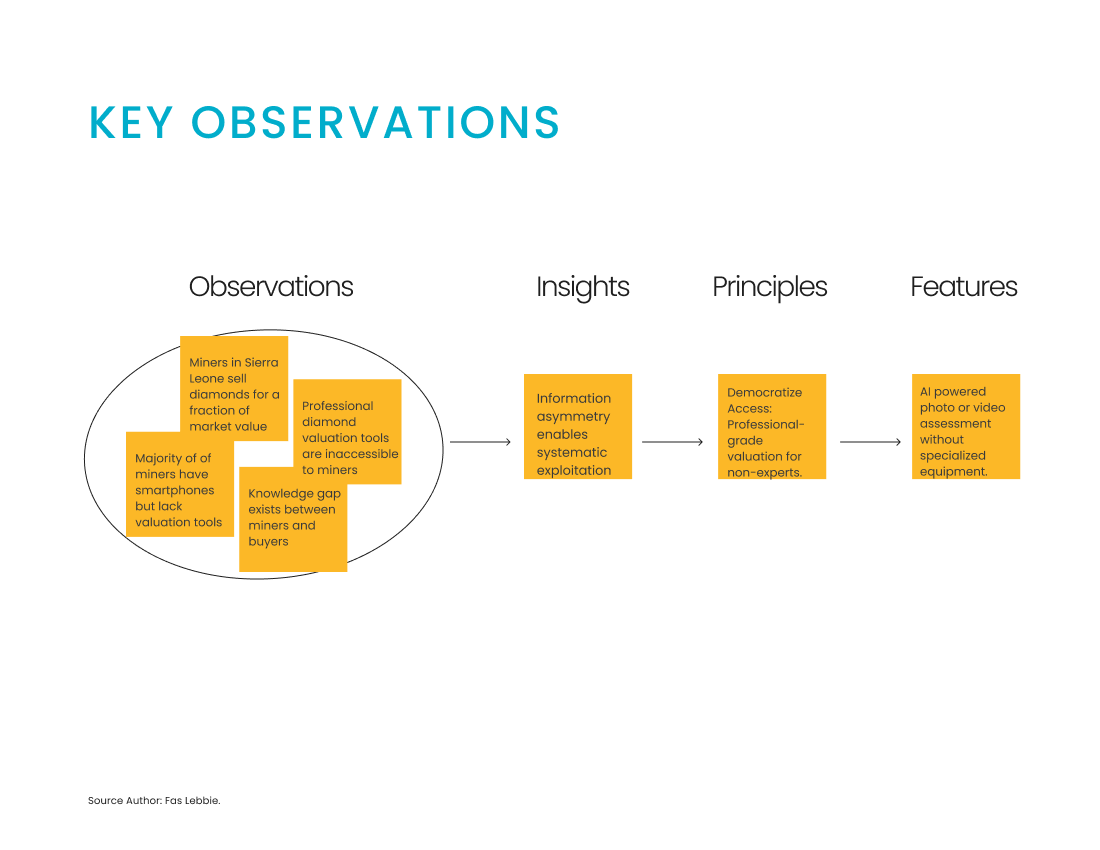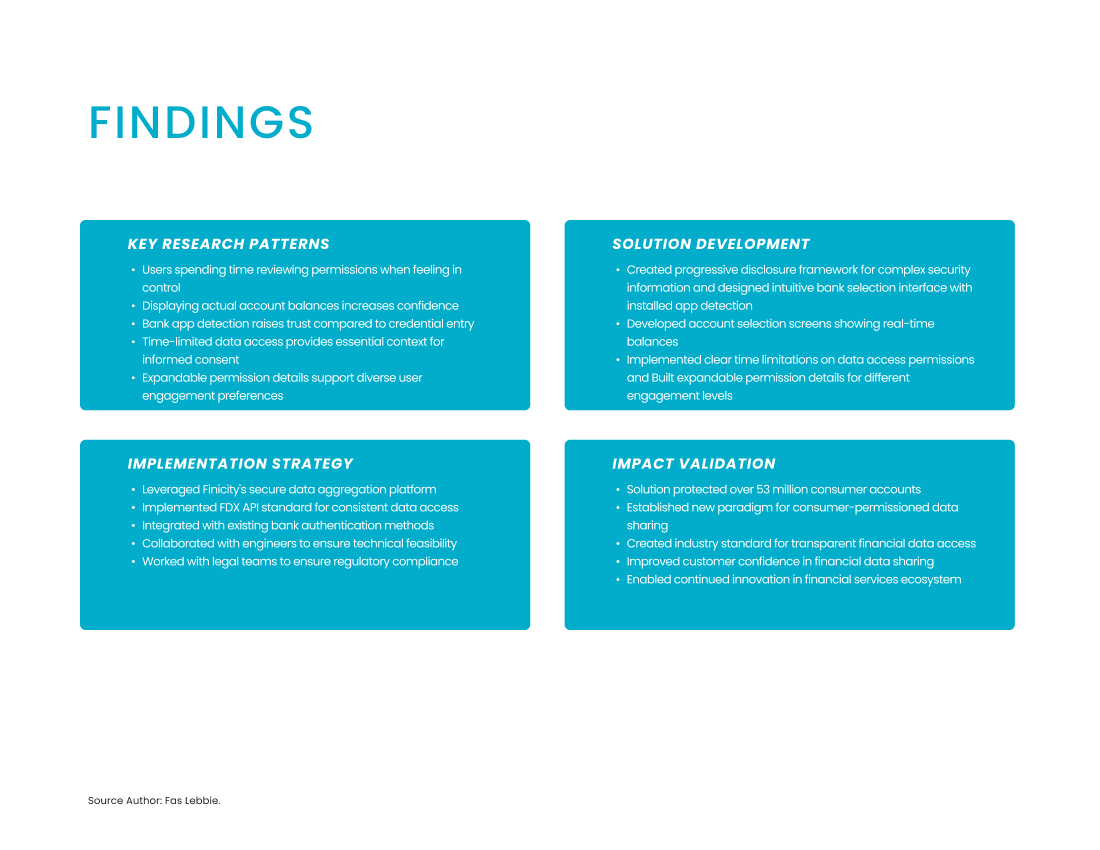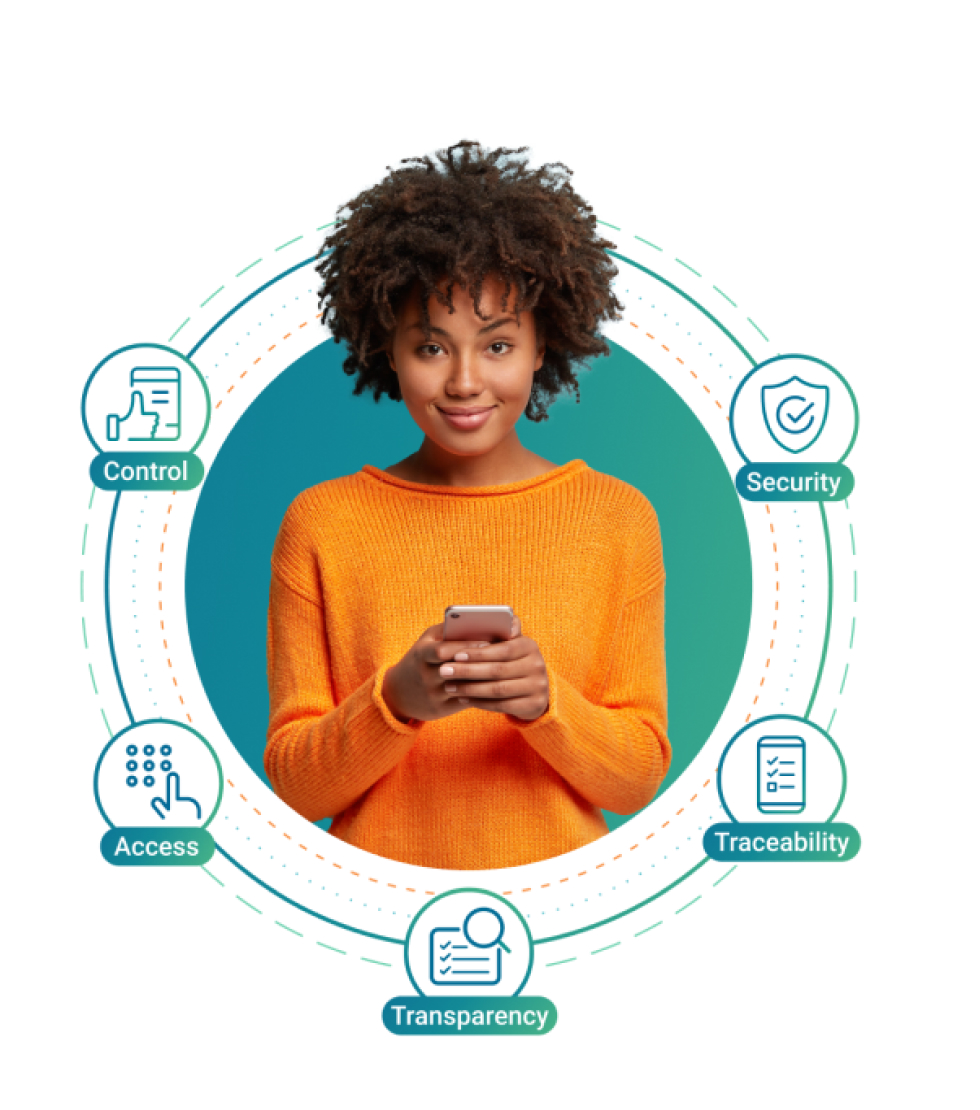Problem Context
The financial data ecosystem faced challenges with outdated and insecure data-sharing methods between consumers and third-party applications. Before FDX, consumers had to provide their banking credentials (usernames and passwords) to third-party financial apps through a process called “screen scraping,” creating serious security vulnerabilities. The Financial Data Exchange was developed as “a non-profit financial industry organization dedicated to promoting and enhancing a common interoperable standard and operating framework for sharing consumer financial data” that “puts consumers in control of their personal financial data.” This situation highlighted a critical gap in how financial data was accessed and shared, particularly as consumers increasingly relied on multiple financial apps.
Research showed that nearly two-thirds of consumers were very or extremely concerned about data privacy when using fintech apps, and 56% wanted more control over which financial accounts and types of data third parties could access. This data came from a 2018 survey of 1,500 U.S. consumers conducted by The Clearing House. Without a standardized approach for secure data sharing and transparent consent, consumers had no visibility into which specific data elements were being accessed, for what purpose, or for how long.

